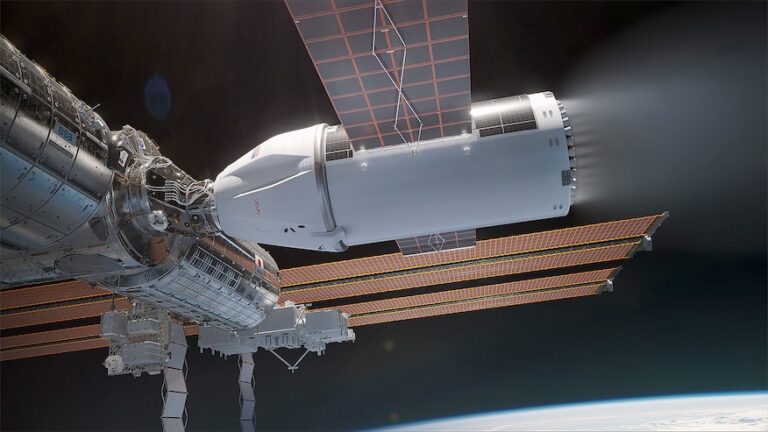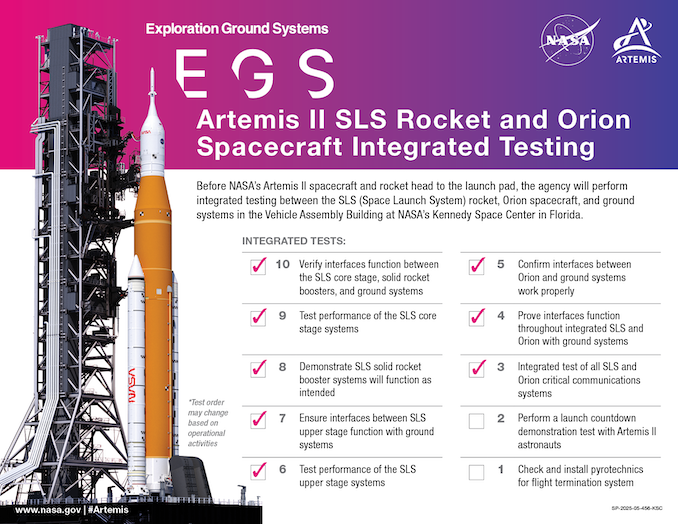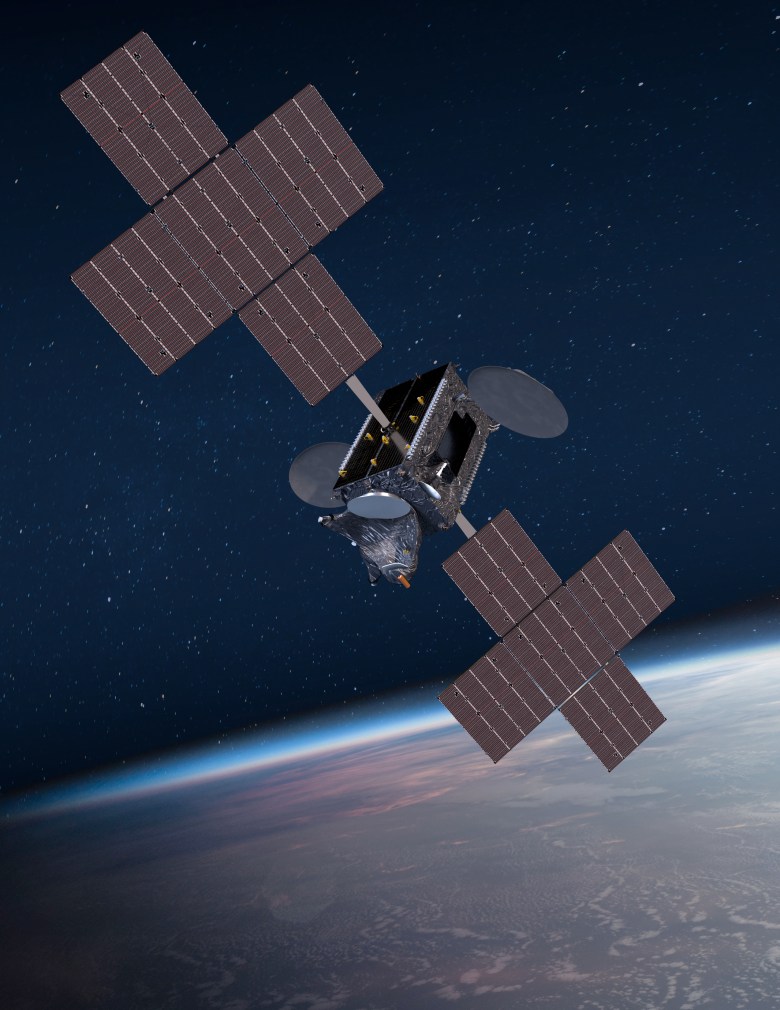Now Reading: Rocket Lab to launch BlackSky’s next Gen-3 satellite on Electron rocket from New Zealand
-
01
Rocket Lab to launch BlackSky’s next Gen-3 satellite on Electron rocket from New Zealand
Rocket Lab to launch BlackSky’s next Gen-3 satellite on Electron rocket from New Zealand
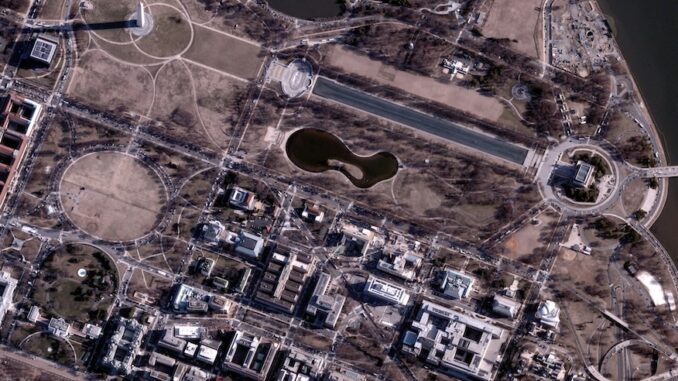
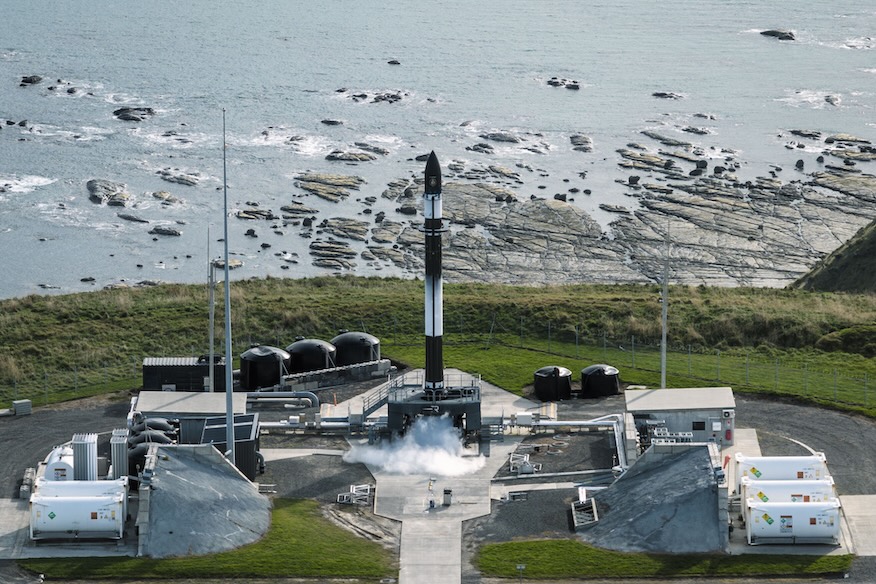
Rocket Lab is back at the pad in support of its customer, BlackSky, and the next launch for its Gen-3 satellite constellation. Teams are looking to launch the mission, dubbed ‘Full Stream Ahead,’ from Pad A at Rocket Lab’s launch complex in Mahia, New Zealand, at 11:57 a.m. NZT on June 3 (7:57 p.m. EDT, 2357 UTC on June 2).
Rocket Lab will host a livestream of the mission beginning with the final 20 minutes of the countdown. Come back to this page later for the embedded video.
The mission will place the latest of BlackSky’s Gen-3 satellites into a mid-inclination, low Earth orbit at 470 km (292 mi) in altitude. According to the company, it’s Earth-observing service features “very high-resolution imagery and AI-enabled analytics for daily intelligence operations.”
BlackSky’s first Gen-3 satellite launched on another Electron rocket back on February 18 during the ‘Fasten Your Space Belts’ mission. The company reported delivery of its first very high-resolution images five days after launch and analytical capabilities within three weeks of liftoff.
“BlackSky has demonstrated incredible, industry-leading speed for launch to on-orbit operations, completing commissioning for our first Gen-3 satellite a full month ahead of schedule,” said Brian O’Toole, BlackSky CEO, in a May 6 statement. “This pace of performance is a testament to our team’s experience, quality and rigor of our design, production and test practices, giving BlackSky a distinct advantage for scaling this service quickly and reliably for our customers.
“The regular cadence of Gen-3 launches will produce a robust combination of capacity and low-latency, high-revisit capabilities to support near-term, early access customers and long-term demand for real-time space-based dynamic monitoring services.”
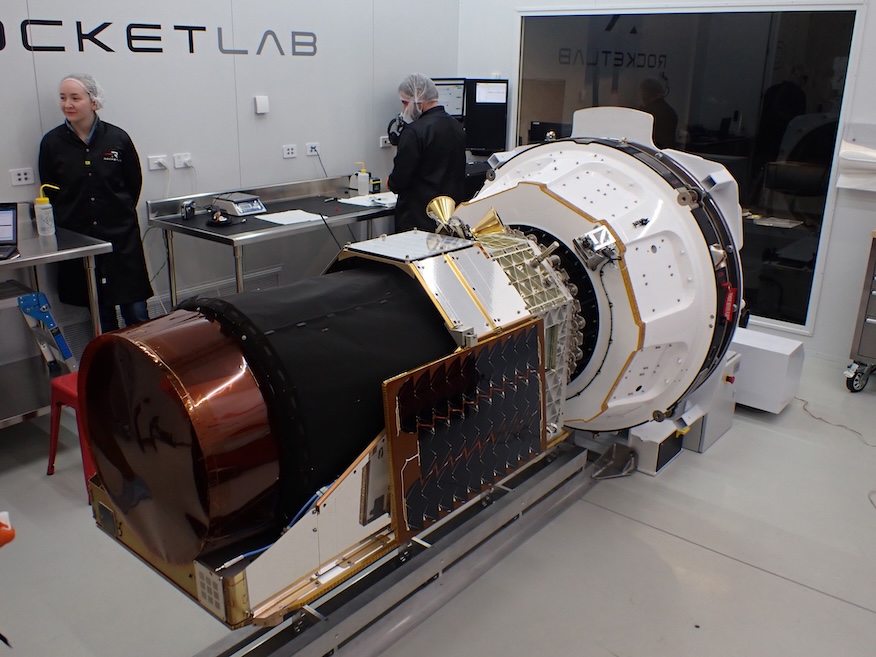
Tuesday’s launch represents the second out of four flights onboard Electron booked by BlackSky for 2025. This will also be the 10th overall launch of BlackSky satellites conducted by Rocket Lab.
BlackSky also launched four of its previous satellites as Falcon 9 rocket rideshare payloads alongside batches of SpaceX’s Starlink satellites: two in August 2020 and the other two in December 2021.
These Gen-3 satellites have an advertised lifespan of five years or more and use X-band for its primary downlink communications and S-band for uplink. They are designed to be capable of going from receiving an imaging task to collecting those requested images in less than 10 hours, depending on customer needs.
The images would then be transferred to BlackSky’s customers in less than 90 minutes.
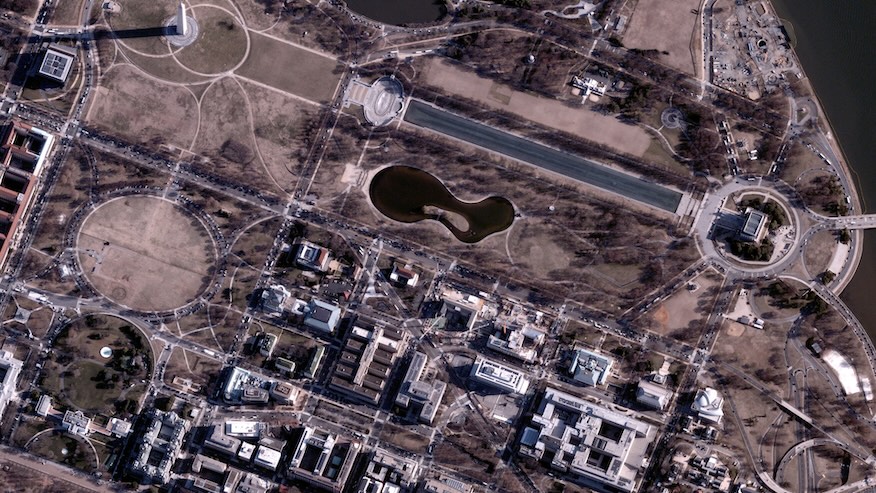
BlackSky has a number of customers within the federal government, including the National Reconnaissance Office, the National Geospatial Intelligence Agency, the Department of the Air Force and NASA.
An Air Force Research Laboratory (AFRL) contract worth up to roughly $23.7 million for a program called Global Moving Target Engagement. It received about $3.5 million when the contract was issued on March 5, 2024, with work expected to be completed by June 15, 2028.
In a press release at the time, BlackSky said it would use its Spectra tasking and analytics platform “to demonstrate how various AI and machine learning techniques affect tasking, multi-INT collection, automatic tipping-and-cueing, direct downlink and moving target engagement processing timelines within an exercise environment.”
BlackSky’s Spectra technology was also tapped by NASA in September 2024 along with seven other companies for a multi-contractor contract valued at $476 million “to provide time-diverse, high-revisit satellite imaging data in support of the agency’s existing Earth observation research under the Commercial Smallsat Data Acquisition Program (CSDAP).”
However, the skies may be darkening for the future of Earth-imaging companies like BlackSky. Last month, Space News reported that a more than 30 percent cut could be coming to the NRO’s budget for commercial space imagery.
Similarly, NASA under the current administration is proposing a more than 50 reduction in its Earth Science budget, which is part of an overall 47 percent slashing of the overall science budget.
Stay Informed With the Latest & Most Important News
Previous Post
Next Post
-
 012024 in Review: Highlights from NASA in Silicon Valley
012024 in Review: Highlights from NASA in Silicon Valley -
 02Panasonic Leica Summilux DG 15mm f/1.7 ASPH review
02Panasonic Leica Summilux DG 15mm f/1.7 ASPH review -
 03How New NASA, India Earth Satellite NISAR Will See Earth
03How New NASA, India Earth Satellite NISAR Will See Earth -
 04And Thus Begins A New Year For Life On Earth
04And Thus Begins A New Year For Life On Earth -
 05Astronomy Activation Ambassadors: A New Era
05Astronomy Activation Ambassadors: A New Era -
06SpaceX launch surge helps set new global launch record in 2024
-
 07From Polymerization-Enabled Folding and Assembly to Chemical Evolution: Key Processes for Emergence of Functional Polymers in the Origin of Life
07From Polymerization-Enabled Folding and Assembly to Chemical Evolution: Key Processes for Emergence of Functional Polymers in the Origin of Life












